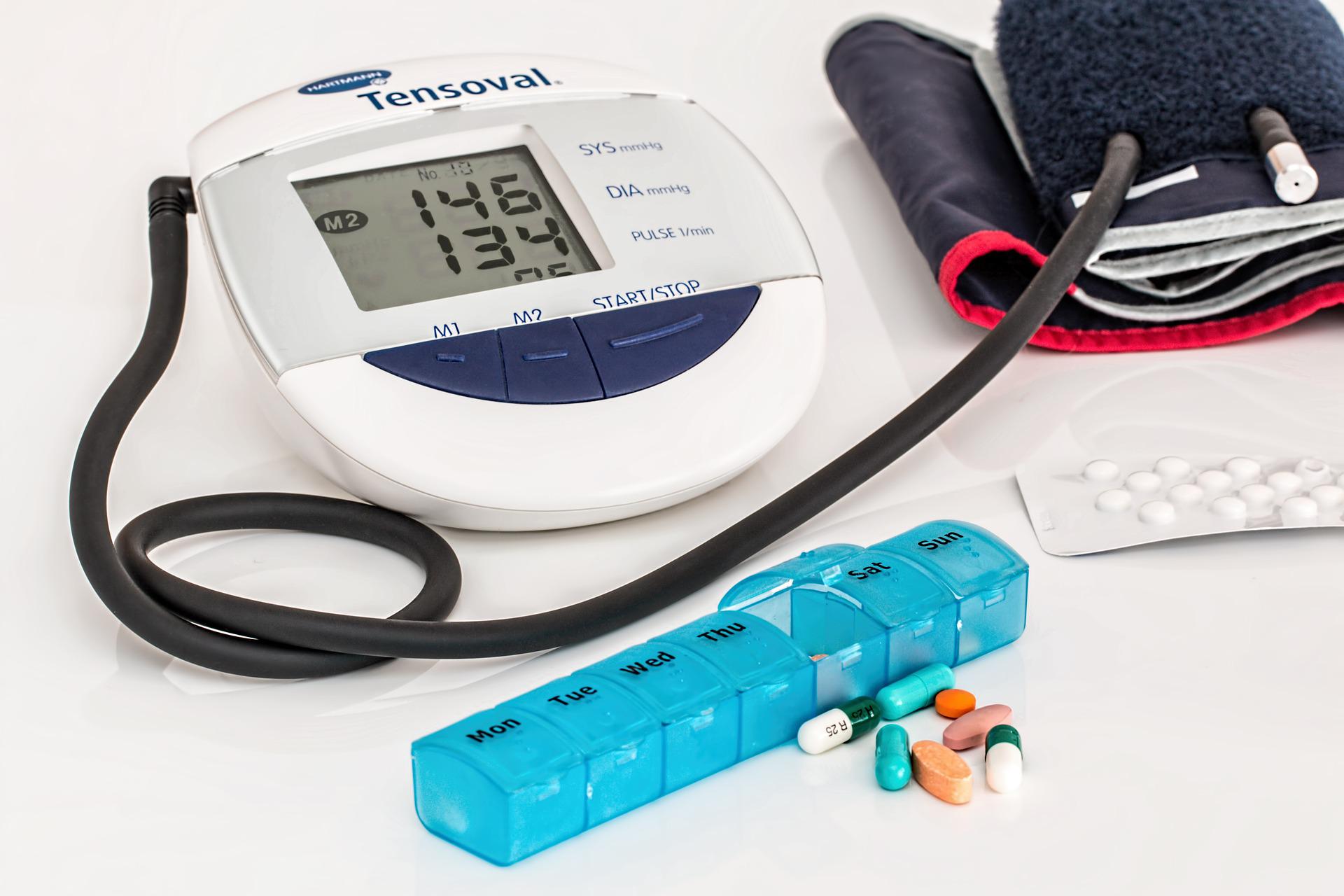It can be challenging to maintain your fitness objectives or keep to an exercise plan when you’re cooped up at home, on a business trip, on vacation, or in a quarantine situation. You might only have sporadic access to exercise centers or have trouble settling into a new habit. You could miss the companionship of your gym, the comfort of swimming laps in your neighborhood pool, or the camaraderie of going on walks or hikes with your regular squad of exercise partners. You might not enjoy the intensity of workouts on your own if you’re used to doing fitness classes with a positive instructor.
It can be easier to feel like you “should” exercise than you “want to” while you’re staying at a hotel or home. Maintaining a gym membership and staying active can feel like much less of a priority when so many of us are now unemployed and experiencing financial hardship. However, even a little bit of action can have a significant impact on how you feel and think. Exercise is one of the most effective methods we have for maintaining our physical and mental health, and you don’t even need access to a gym or a pricey health club to benefit from it.
Exercise can help manage chronic diseases including diabetes, high blood pressure as well as depression, stress, and anxiety. You can control your mood and well-being, maintain a sense of control during these times of significant uncertainty, and maintain your fitness goals even when your regular routine is disturbed by discovering new methods to move and stay motivated.
Your immune system and exercise
Being physically active has numerous other preventive impacts, even while it won’t stop you from getting the illness. Exercise releases endorphins, brain chemicals that energize your body and mind and can help you feel better overall. Exercise can bolster your immune system, elevate your mood, and enhance sleep.
But don’t go overboard. The immune system is supported by moderate physical exercise, but the excessively intensive activity—especially if you’re not used to it—can have the reverse effect and suppress the immune system.
In challenging times like these, exercising helps keep your energy and spirits high, which may make you less likely to employ harmful coping mechanisms like binge drinking, which weakens your immune system.
 Making a workout schedule to maintain your motivation
Making a workout schedule to maintain your motivation
The creation and maintenance of a workout routine require planning. When creating an exercise regimen, take into account any lingering health issues, the available time, and your energy and stress level. Many people claim to be exhausted as a result of the stress brought on by the epidemic, so if you’re still managing to teach your children while working from home or are unemployed and concerned about your money, now may not be the best time to start a strenuous new workout regimen.
Whatever your situation, make sure your goals are sensible and focused on things you like to do. Start slowly, acknowledge your accomplishments, and increase your workout routine gradually to increase your likelihood of success.
Make your workouts a priority. People who schedule their workouts on the same calendar as their regular appointments are more likely to follow through with their plans. Because of work obligations or a lack of motivation, you wouldn’t postpone your appointment with the dentist. Instead, you would complete your commitment and then come back to work.
Exercise when it is most convenient for you. Morning workouts are popular among those who keep up a long-term training routine. Starting your morning workout regimen can provide energy and make the rest of the day positive. When their energy is low in the afternoon, some people find it helpful to take a break from work and get active. The brain can be stimulated by a brief period of activity, which will aid you in completing the remaining items on your to-do list.
Keep track of your workouts and be specific with your goals. Set a specific objective, such as “walk 30 minutes in the morning on Monday/Wednesday/Friday/Saturday,” instead of aiming to “become in better shape.” Try one of the numerous available smartphone applications or fitness trackers to keep track of your progress, or just use a calendar to record your workout’s duration, mileage, and amount of effort. Monitoring your progress can help you stay on track, give you a sense of success, and motivate you to continue.
Declare it aloud. Your habits and goals should be shared with a friend or posted on social media. If you know that your friends will be curious about how you did, you are less inclined to skip a session. And if they provide you with constructive criticism, it will motivate you for your subsequent session. Even if you can’t be physically present with your workout partner, having a workout companion can keep you motivated. Set up a regular phone or video calls for exercising together, and encourage and support one another.
How to obtain the exercise you need, wherever you are
Always be careful, put on sturdy shoes, start gently, and give your muscles and tendons time to become used to any new activity. If you take medication for a heart condition, to control blood pressure or blood sugar, or if you feel dizziness, balance concerns, or joint problems, always seek the counsel of your doctor. Additionally, STOP your activity if it causes you pain.
Get outside as much as possible. Try to exercise outside as much as possible unless your neighborhood is under a stay-at-home order or you must remain in quarantine. Go for a stroll, a jog, or a bike ride outside, but keep in mind to wear a mask and/or keep a safe distance from other people. Your mental health will also benefit from the sunshine and clean air.
Make sure your workouts are fun. While exercising at home or in a hotel room, you can watch your favorite streaming show, listen to a podcast, or play excellent music. To avoid things from getting boring while you’re out walking, check out a new part of your neighborhood or talk to a friend on the phone. Try playing “exergames” or activity video games that replicate sports like tennis, bowling, soccer, or skating. These can be excellent stand-ins if you cannot participate in the event.
Walk differently. Include a mindfulness component to your outdoor walk to feel it. As you go, take in the aroma of the environment, the variety of flowers and trees, and the sensation of the sun or breeze. Focusing on these things can free your conscious mind from anxieties and encourage creativity. It’s possible that you’ll discover fresh concepts and answers that you weren’t even aware you were working on. Look for hills, perform some step-ups on the curb at each corner, skip, or even jump up and down the curb a few times if you discover you need to increase the intensity of your walks (if appropriate for your fitness level and joints).
Try a novel approach. Have you ever wanted to attempt high-intensity interval training (HIIT), line dancing, barre workout, or cardio funk? Find a free online movie, enroll in one of the many available online programs, or download an app to aid you with at-home workouts (links are in the “Get more help” section below). Many people discover that when no one else is around, they feel more at ease doing something new. You might even discover a new passion! Consider yoga, Pilates, or boxing. Don’t be afraid to try something new, and narrow down your web search to include terms that are more relevant to you, such as “basic Pilates for beginners,” “yoga for over 50,” or “golf-specific workouts.” Every day, a large number of new classes, many of which are free, are posted. Just remember to avoid causing discomfort.
Go with the kids. Play catch or tag, ride a bike, shoot hoops, pass the soccer ball, or go for a bike ride with your kids. Playing with one another instead than concentrating on homework or housework can even help mend a damaged relationship.
Missing the gym? Establish a home workout space. Create a welcoming exercise environment in your house if you have the room, and keep your equipment close at hand. Consider performing resistance workouts with resistance bands, water bottles, or your body weight. Push-ups can be performed against a wall to start, followed by a coffee table, the kitchen counter, and eventually the floor. Does your home have stairs? An excellent way to build strength is to climb stairs. Step up and down repeatedly while keeping one foot on a step (or try stepping up two steps for an even stricter workout).
To stay motivated, look online for enjoyable group sessions.
If you’re a part of a group that will support and hold you accountable, it’s considerably simpler to maintain a fitness regimen. Check out Leading Lady Fitness’ Zoom workouts as one online option.
Add more exercise to your daily routine.
Many of us are sitting down more and more these days, whether it is to watch TV, use the computer, or participate in Zoom meetings. However, you can still find strategies to increase your daily exercise even if you work from home. Instead of viewing physical activity as a specific event, try to conceive of it as a lifelong choice. A small session of exercise every 30 minutes might pile up over the day.
Use your downtime to perform small household tasks like cleaning the sink, mowing the lawn, or wiping off the appliances.
While on the phone, get up and move around. When participating in an online meeting, stand up and perform lunges or squats. When waiting for a meeting to begin, perform jumping jacks in front of the TV.
While you wait for the kettle to boil or the toast to pop up, try some “microwave workouts” like countertop push-ups.
 How much activity is too much?
How much activity is too much?
Something is always preferable to nothing when it comes to exercise. Stretching your legs by taking a short stroll around the block will also assist you in relaxing. Even so, it might motivate you to extend your walk the next day.
Nevertheless, it is currently advised that adults strive to complete at least 150 minutes of moderate-intensity exercise each week (or 75 minutes of vigorous-intensity exercise), plus two sessions of strength-training exercises. Five times a week, for around 30 minutes of exercise. Also acceptable is breaking it up. You can achieve the same results with two 15-minute or three 10-minute sessions. Include heavy chores around the house or garden and warm-up and cool-down periods in your workout.
Vigorous versus moderate intensity
You’re working at a moderate effort when your breathing becomes rapid, and you start to perspire. You can still speak in complete phrases, but you can’t sing. Exercises with moderate exertion include brisk walking, level-surface cycling, hiking, weightlifting, and skating.
When you’re working with winstrol pastillas vigorous intensity, you’re exhaling, perspiring, and you’re too out of breath to speak in complete words. Jogging, skipping rope, cycling quickly or uphill, aerobics, and circuit training are a few examples of severe intensity exercises.
Gratify yourself
Feeling a bit disappointed is normal when circumstances make it challenging for you to engage in your preferred forms of exercise. Don’t berate yourself, but keep trying out different exercises until you discover one you like. And if you see that your desire to exercise is waning, think about how much better you’ll feel even after a bit of activity.
Giving oneself an extra treat as a reward for sticking with a new fitness routine is also beneficial. Make a fruit smoothie, take a long, hot bubble bath, or call a friend or relative as an example. And keep in mind that the healthy habits you develop now might help you stay healthy and happy long after this global pandemic has passed.




